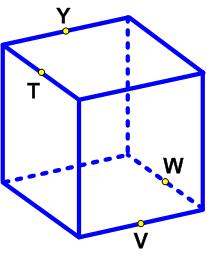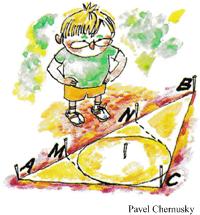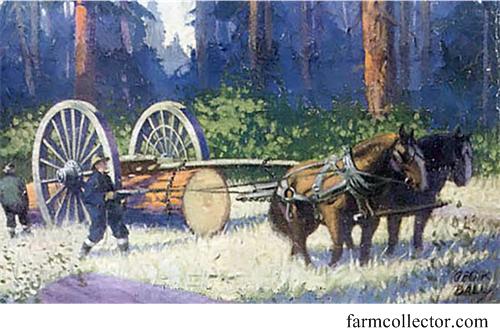 Here is a collection of puzzles from the great logic puzzle master Raymond Smullyan in a “Brain Bogglers” column for the 1996 Discover magazine.
Here is a collection of puzzles from the great logic puzzle master Raymond Smullyan in a “Brain Bogglers” column for the 1996 Discover magazine.
- ELDON WHITE HAS FOUR DOGS. One day he put out a bowl of dog biscuits. The eldest dog came first and ate half the biscuits plus one more. Then the next dog came and ate half of what he found plus one more. Then the next one came and ate half of what she found plus one more. Then the little one came and ate half of what she found and one more, and that finished the biscuits. How many biscuits were originally in the bowl?
- Eldon once bought a very remarkable plant, which, on the first day, increased its height by a half, on the second day by a third, on the third day by a quarter, and so on. How many days did it take to grow to 100 times its original height?
- In addition to four dogs, Eldon has four children. The youngest, Betty, is nine years old; then there are twin boys, Arthur and Robert; and finally there’s Laura, the eldest, whose age is equal to the combined ages of Betty and Arthur. Also, the combined ages of the twins are the same as the combined ages of the youngest and the eldest. How old is each child?
- “How about a riddle?” asked Robert. “Very well,” said Eldon. “What is it that is larger than the universe, the dead eat it, and if the living eat it, they die?”
See Family Values for solutions.

 This is a problem from the UKMT Senior Challenge for 2019. (It has been slightly edited to reflect the colors I added to the diagram.)
This is a problem from the UKMT Senior Challenge for 2019. (It has been slightly edited to reflect the colors I added to the diagram.) The following problem comes from a 1961 exam set collected by Ed Barbeau of the University of Toronto. The discontinued exams (by 2003) were for 5th year Ontario high school students seeking entrance and scholarships for the second year at a university.
The following problem comes from a 1961 exam set collected by Ed Barbeau of the University of Toronto. The discontinued exams (by 2003) were for 5th year Ontario high school students seeking entrance and scholarships for the second year at a university. This is a nice Brainteaser from the Quantum math magazine.
This is a nice Brainteaser from the Quantum math magazine. Here is another problem (slightly edited) from the Sherlock Holmes puzzle book by Dr. Watson (aka Tim Dedopulos).
Here is another problem (slightly edited) from the Sherlock Holmes puzzle book by Dr. Watson (aka Tim Dedopulos).